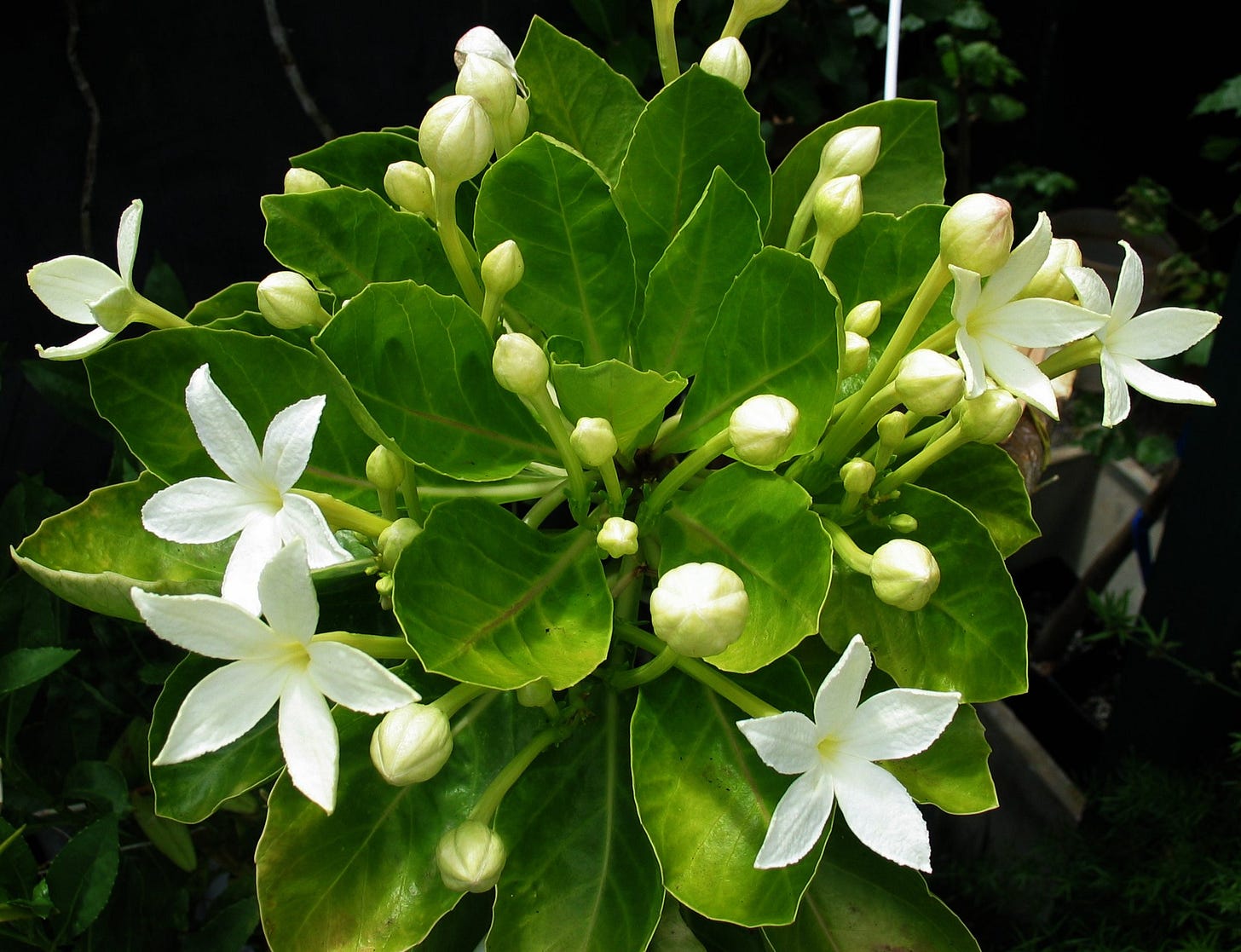Meet The Endangered: Pua ʻala
Pua ʻala (Brighamia rockii)
The lovely Pua ʻala (‘sweet flower’ in Hawaiian) is native only to the small Hawaiian island of Molokai. It once thrived on narrow, rocky cliff ledges, where its long stem poked upwards into the sky like an upturned trumpet. Today it is believed fewer than ten plants remain in the wild.
The species has survived a series of challenges and catastrophes. In the 19th century, the island was colonized by cattle ranchers. They introduced pigs, cattle, and deer, which quickly became feral and fed on Pua ʻala’s succulent stems and leaves. This predation chased it out of the fertile valleys onto the cliff sides. Then its primary pollinator - a moth (Manduca blackburni) - had the nerve to itself go locally extinct, crippling its reproduction.
Humans have transplanted Pua ʻala to Maui and Lānaʻi, and it is also cultivated by conservation organizations. A new moth (Daphnis nerii) has been introduced on Moloka‘i to serve as a replacement pollinator for the remaining wild population.
The success of this intervention is difficult to judge. Access to the remote cliff ledge where Pua ʻala was last seen in 2011 has been blocked by a series of landslides. It hasn’t returned to more accessible areas - but it may still be out there, clinging on.
IUCN: Critically Endangered (CE)



